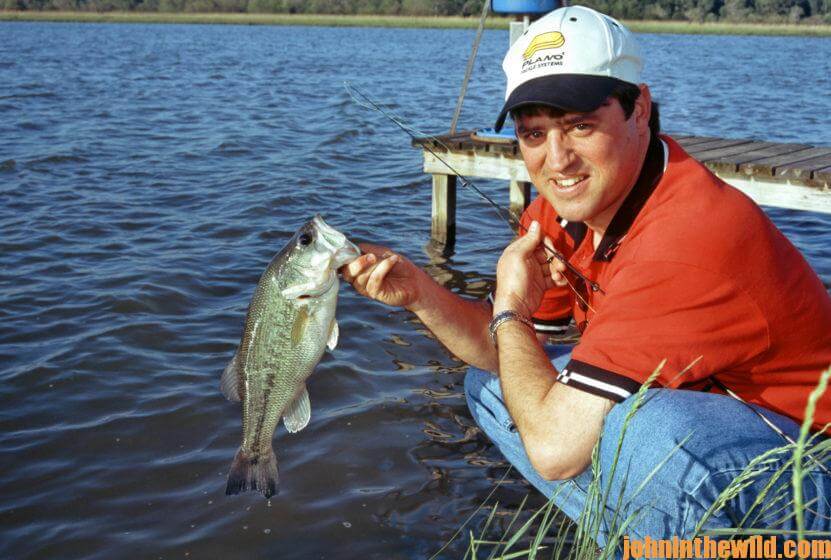Editor’s Note: Your family and friends will enjoy making these lures, while you’re practicing social distancing during the Covid-19 problems.
 Later (see Days 1-4) I watched a video on YouTube https://m.youtube.com/watch?v=ciTjFAiPOP0 about how to make a bottle-cap fishing lure and became intrigued. Since most bottle caps have been replaced by twist tops, I asked the craft-store clerk about bottle caps. She answered, “Yes, sir, we have them in several different colors.”
Later (see Days 1-4) I watched a video on YouTube https://m.youtube.com/watch?v=ciTjFAiPOP0 about how to make a bottle-cap fishing lure and became intrigued. Since most bottle caps have been replaced by twist tops, I asked the craft-store clerk about bottle caps. She answered, “Yes, sir, we have them in several different colors.”
To create one type of bottle-cap lure, I wanted to be able to swim it just under the surface, and it rattle. However, I preferred not to have the weight of BBs or small shot leads inside the bottle cap like the author of the bottle-cap lure video had used. Instead I took the heads of map pins, small, round-headed pins, that I’d cut off from their pin parts with small wire cutters. I attached a treble hook to the end of a piece of floral wire and crimped that and several map pin heads into the bottle cap, leaving enough wire out front to be able to cut it off and make a loop for a line tie. Then the pin heads could move back and forth inside the bottle cap, creating rattles, as the lure swam through the water.
I also decided to make a silent-running bottle-cap lure. I used chenille (pipe cleaner) stems with different shapes made into the wire. By cutting the stem (wire), in-between the shapes, I put a shape on the wire into the bottle cap, crimped the bottle cap around the shape and once again had enough line out both ends of the bottle cap to attach a hook and create a line tie.
stem (wire), in-between the shapes, I put a shape on the wire into the bottle cap, crimped the bottle cap around the shape and once again had enough line out both ends of the bottle cap to attach a hook and create a line tie.
Some days when fish are active, they’ll attack a rattle bait. Other days when fish aren’t actively feeding, they prefer a quiet lure that comes through the water slowly and presents an easy meal.
If you’re reluctant to fish with the lures you’ve created, place them in Ziploc bags in your tackle box. Then when you’re fishing, if you run out of lures for fishing, try the lures that you’ve created. You may be surprised at how many fish these quickie lures can produce for you.
To learn more about John E. Phillips’ book, “ How to Make Money with Taxidermy: 70 Tips for Hunters and Small Businesses,” available in Kindle and print at http://amzn.to/14E7RFH.
How to Make Money with Taxidermy: 70 Tips for Hunters and Small Businesses,” available in Kindle and print at http://amzn.to/14E7RFH.










